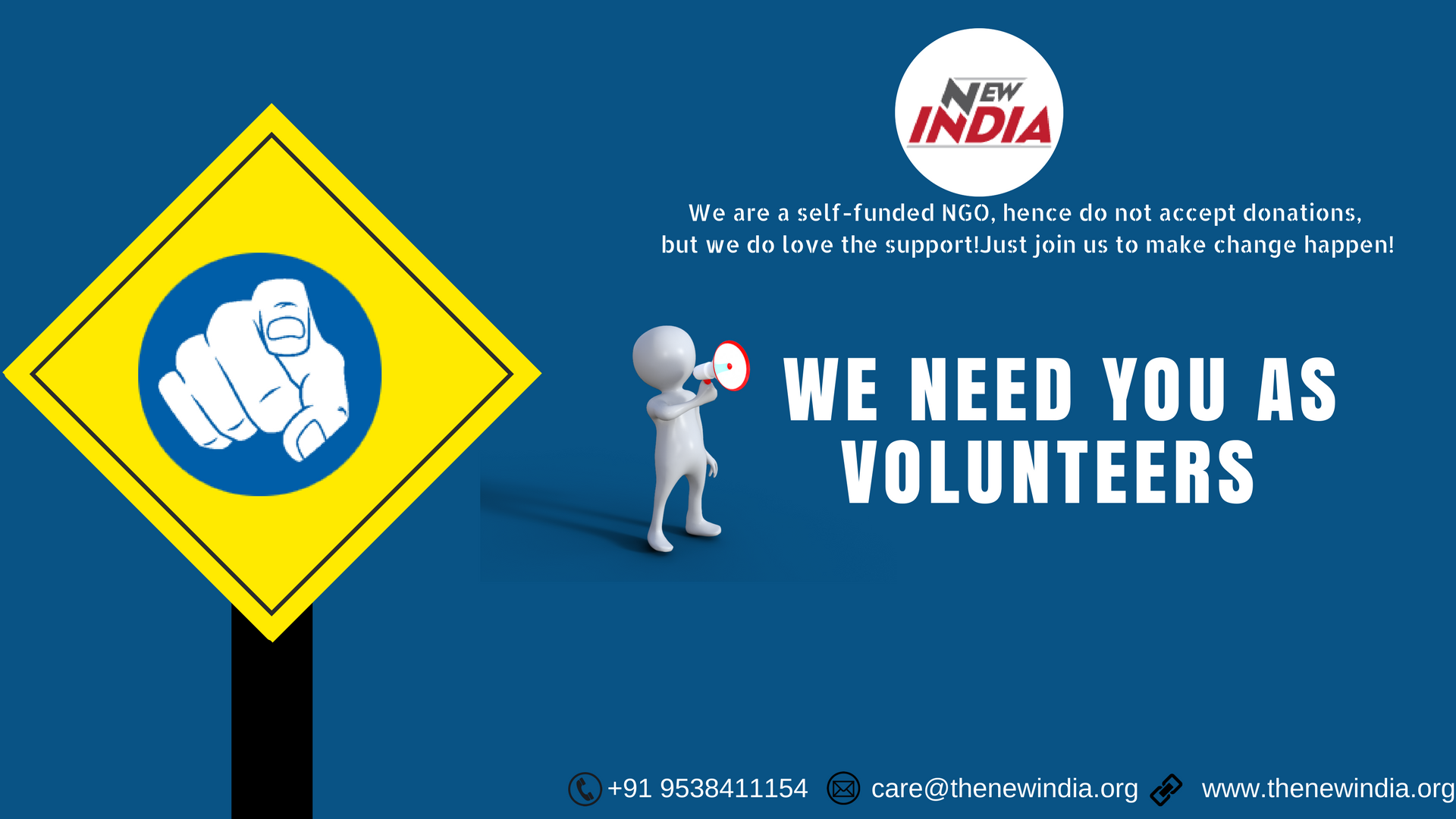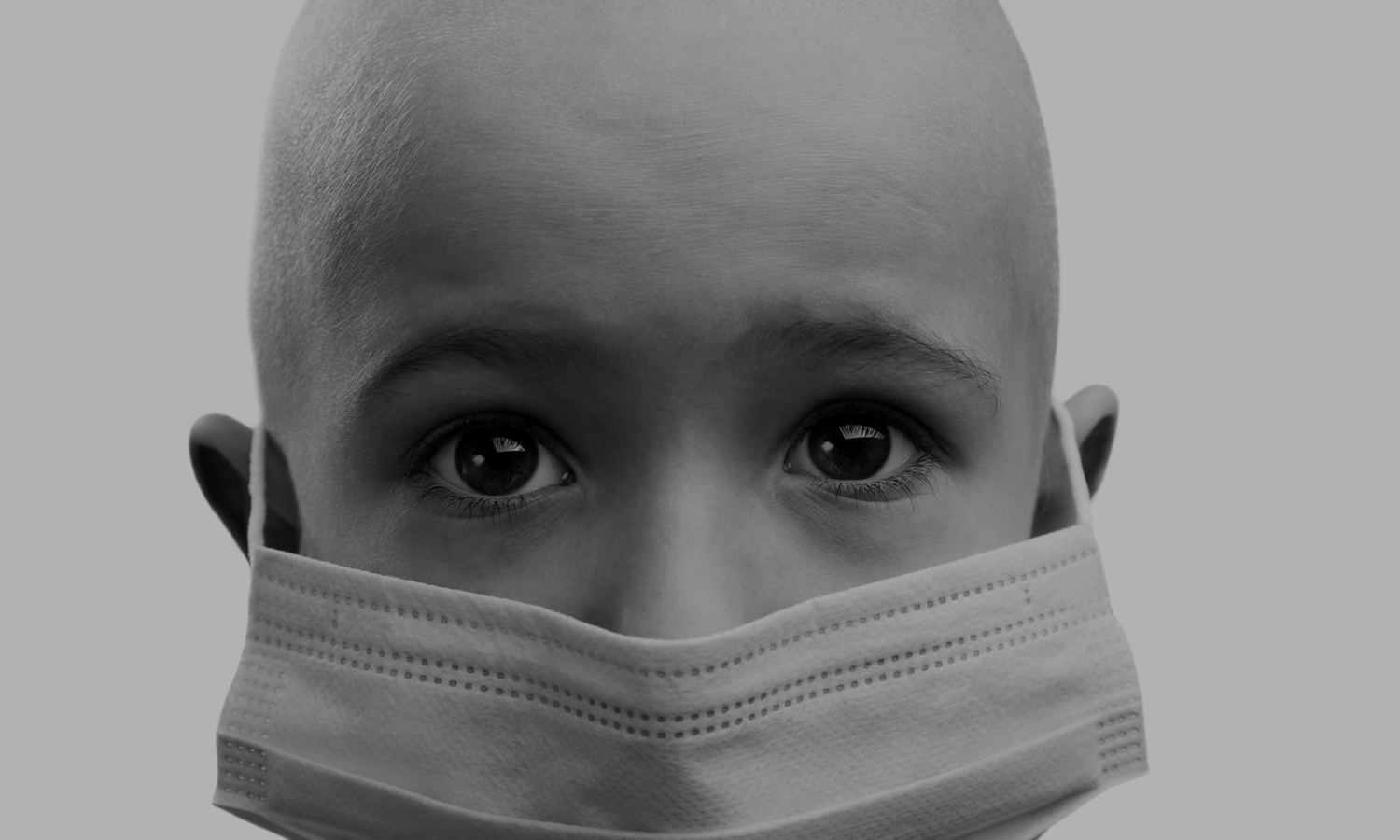
The Curse Called Cancer!
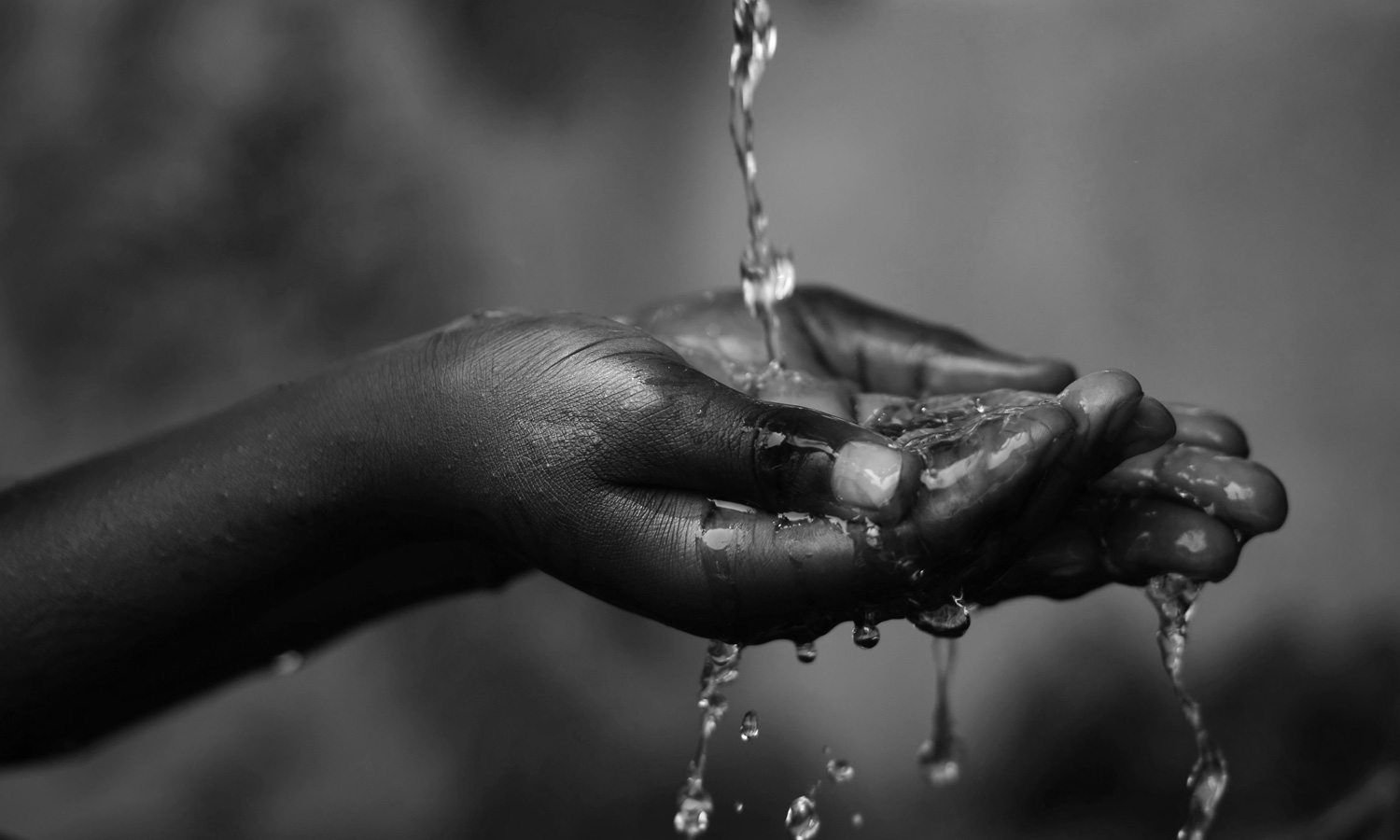
Health-care absent from our political mottos!
When we meet each other, a friend or a stranger, we greet and in that greeting we wish each other good health, not wealth, not success but great health. A healthy life is the very basic of our existence. Unfortunately this basic need is lagging in our country, India’s performance on the health front is not at the top, but at the bottom. India as a country is merely playing catch up and lagging behind on several social indicators like life expectancy, immunisation, infant mortality, child undernourishment, girls’ schooling and sanitary facilities such as having family toilets. “India generally had the second best social indicators among the six South Asian countries including India, Pakistan, Nepal, Bangladesh, Bhutan and Sri Lanka. Second only behind Sri-Lanka. It now looks second worst, ahead of one country: Pakistan.” Health related issues and problems aren’t even given enough coverage and consideration in media.
Health wasn’t even a subject during the elections of 2014, the subject wasn’t mentioned by either of the parties the one that won and the one that lost. “In my view and belief it is about time we include social determinants of health like nutrition, sanitation and social equity, and should either be seen as incomplete as a concept in serving health, or be broadly defined. “For example, when you look for clean water, you are doing something for healthcare.”
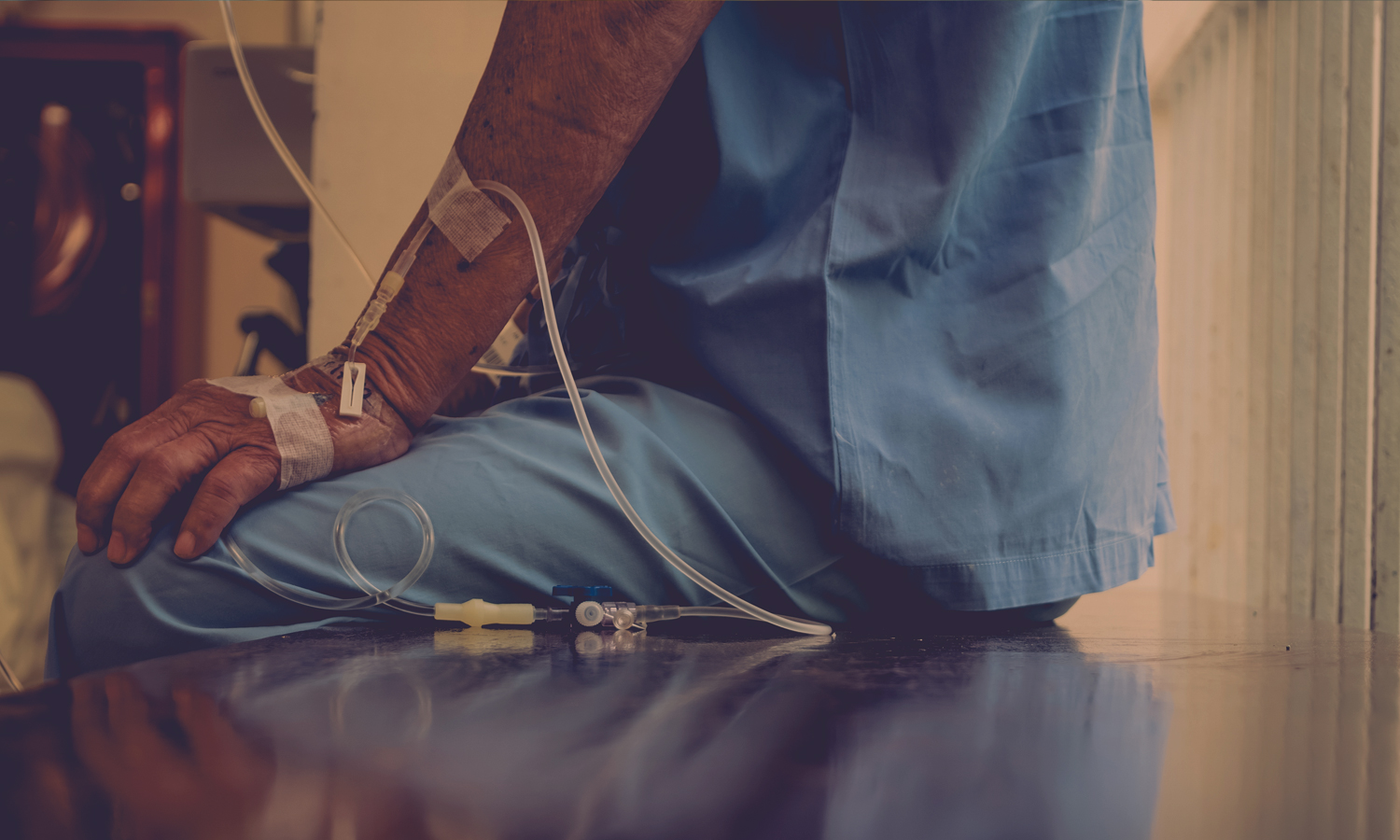
Cost & Cancer, kill faster!
Each sitting of chemo-therapy costs at-least 90,000! Incessant coughing led a Bangalore based patient to get himself tested, result was a non-Hodgkin’s lymphoma, a cancer that predominantly affects the lymph nodes and thereby the immune system.
Two months and four chemotherapy cycles later, he had already forked out Rs 5 lakh and expects the final bill to touch Rs 10 lakh. The costs include a lymph node biopsy, a bone marrow test, an endoscopy, a PET scan, special anticancer drugs and six cycles of chemotherapy. Savings were encashed, bonds were broken, credit cards were swiped. Cancer care can get hugely expensive if it is detected late, or if the screening is not proper and if the treatment is not right the first time. It could cost as low as Rs 2.5 lakh for six months of treatment, with some of the lowest priced generic drugs in the world, to as high as Rs 20 lakh, with novel drugs and targeted medicines. Why is cancer treatment so forbiddingly expensive? The main reason is the staggeringly high cost of equipment and setting up a cancer hospital: doctors estimate a 100-bed cancer speciality hospital would need an investment of up to Rs 100 crore, excluding the cost of land in most cases.
Hospitals have to pay a fortune for imported equipment. For example, a linear accelerator, which is used for radiation therapy, costs around Rs 10 crore, plus an import duty of around Rs 1 crore. Similarly, a PET CT scan machine, used to pinpoint the location of cancers, is anywhere between Rs 3 crore and Rs 6 crore. The costliest is a CyberKnife used for radiotherapy which costs around Rs 30 crore. Apart from equipment, cancer treatment medicines are expensive. Such is the reality of this disease and its cure, it becomes an imperative that we find a way to ensure that cancer doesn’t wipe out a patient’s life but also their entire ecosystem and family life.
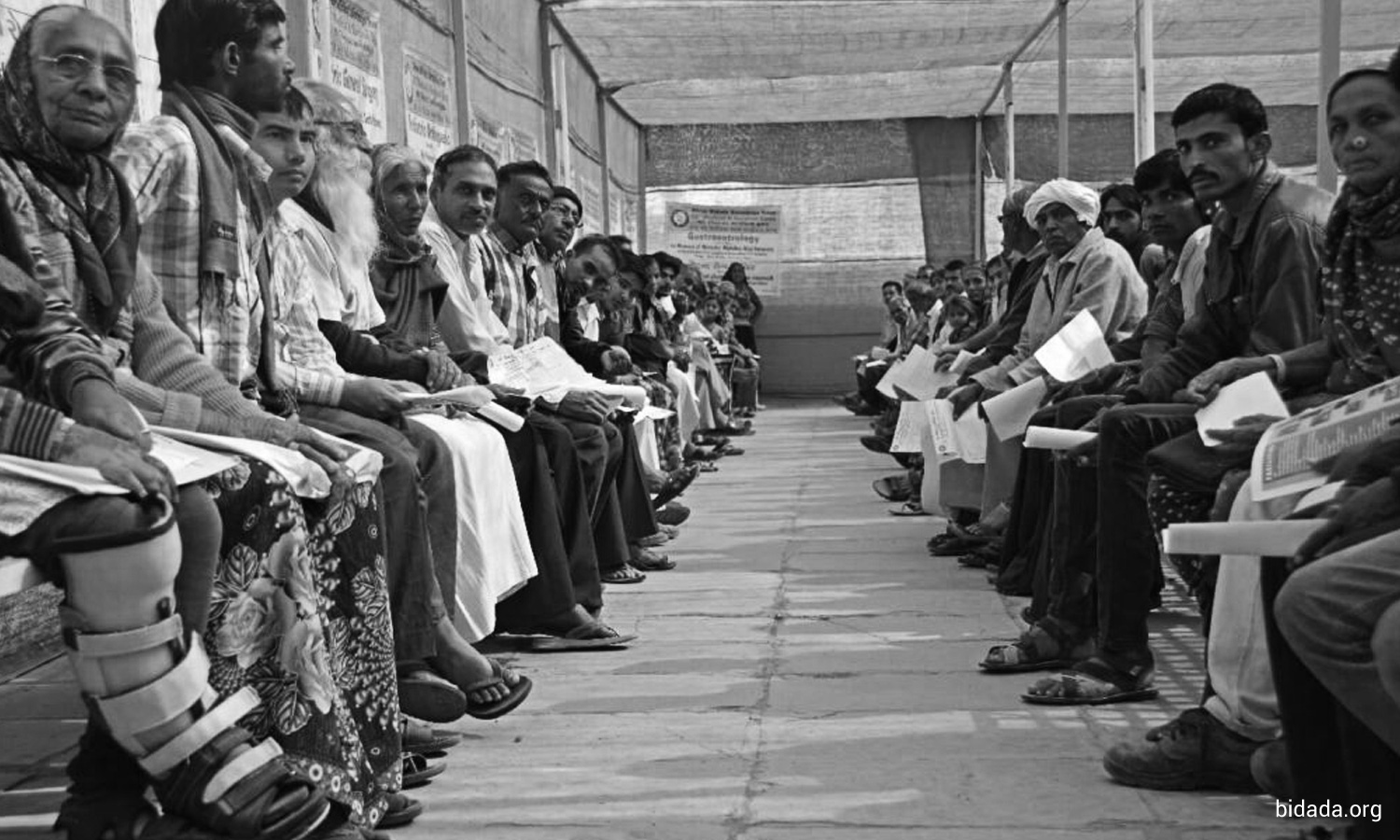
To be poor and sick in India; nightmare!
India’s massive population is one of its largest obstacle and in this status-quo the one who suffers the most are the ones who cannot afford quality care. To be poor and sick in India spells doom. Across India the health-care sector suffers from overcrowding, overworked staff, failing equipment, sub-standard hygiene, in rural areas the doctor to patients’ ratio is as bad as 75000 to 1. Picture this, when a primary health-care centre in a village cannot adequately sustain a patient’s life, then the patient is sent to a university hospital in the region.
This means that hospital will be receiving patients from as many as 10 or more other areas with outstretched primary health-care centres. And unfortunately when the university hospital can no longer manage the patient load, the same emergency care patients are then dispatched to larger, urban hospitals, most of which are as far away as the other state. Meanwhile the state-government has failed to provide meaningful health-care to the poor.
In the name of their care commonly Yojana’s in association with insurance agencies are created and in opinion of the critics these yojana’s often fail and they merely relegate poor patients to the same facilities that are sub-standard and already failing them. “Every state has one, such Yojana but they suffer from meaninglessness, either the poor don’t know that such facilities or they get sent away and denied from medical care when they go to the hospitals.” Often poor are denied treatment due to their class, creed, religion or nature of ailment, even though it is their right.
For instance HIV patients are driven away because the staff working in these rural hospitals are under-equipped and under-educated and thus frightened. Poorer patients are more reluctant to trust government hospitals because of their reputation for class discrimination. Our health-care system is plagued by many such inequalities making it a nightmare for the poor to receive care.
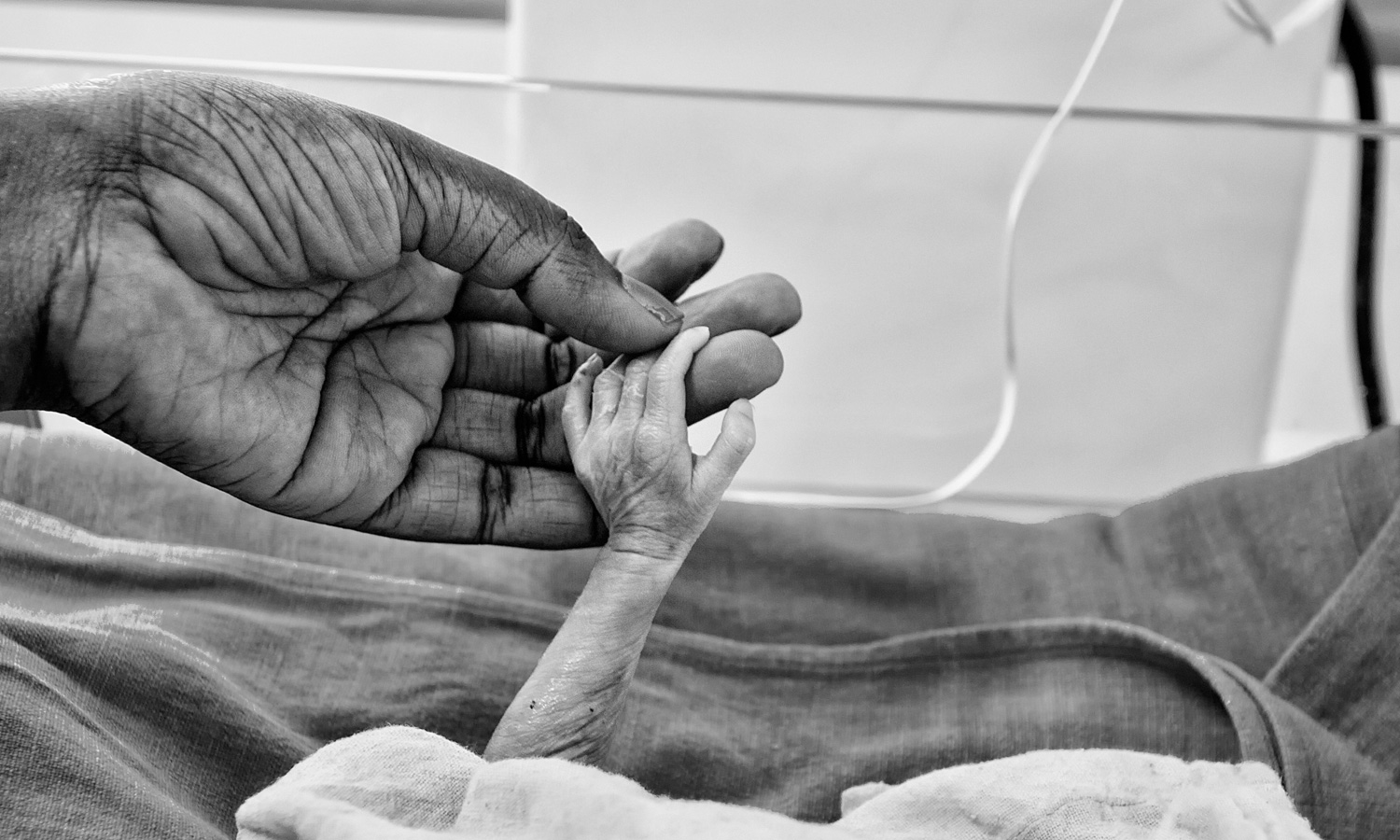
India was ranked at 112 out of 190 countries by World Health Organization’s 2000 report. Only 4.2% of India’s total GDP is channelized to healthcare goods and services and care as compared to US which spends 18% of its GDP into Health-care. Further on the quality of health-care in India suffers from a huge divide between rural and urban. 70% of India’s population is rural, and this majority suffers at the hands of sub-standard health-care quality, limited or no access to hospitals and clinics, shortage of medicines and doctors and also awareness. Further on, the rural areas depend on and believe alternative medicines and are highly ignorant about varied health and hygiene hazards.
In the name of improvement some programs like the National Urban Health Mission which pays individuals for healthcare premiums, in partnership with various local private partners, which have proven ineffective to date. Urban on the other hand suffers at the hands of excess but not available to the poor due to the privatisation and profit making attitude. The urban centres have numerous private hospitals and clinics which provide quality healthcare. These centres have better doctors, access to preventive medicine, and quality clinics which are a result of better profitability for investors compared to the not-so-profitable rural areas. It is this sheer divide and attitude of making medicine a profit centre that is leading to numerous issues. It is about time we take health-care seriously.

